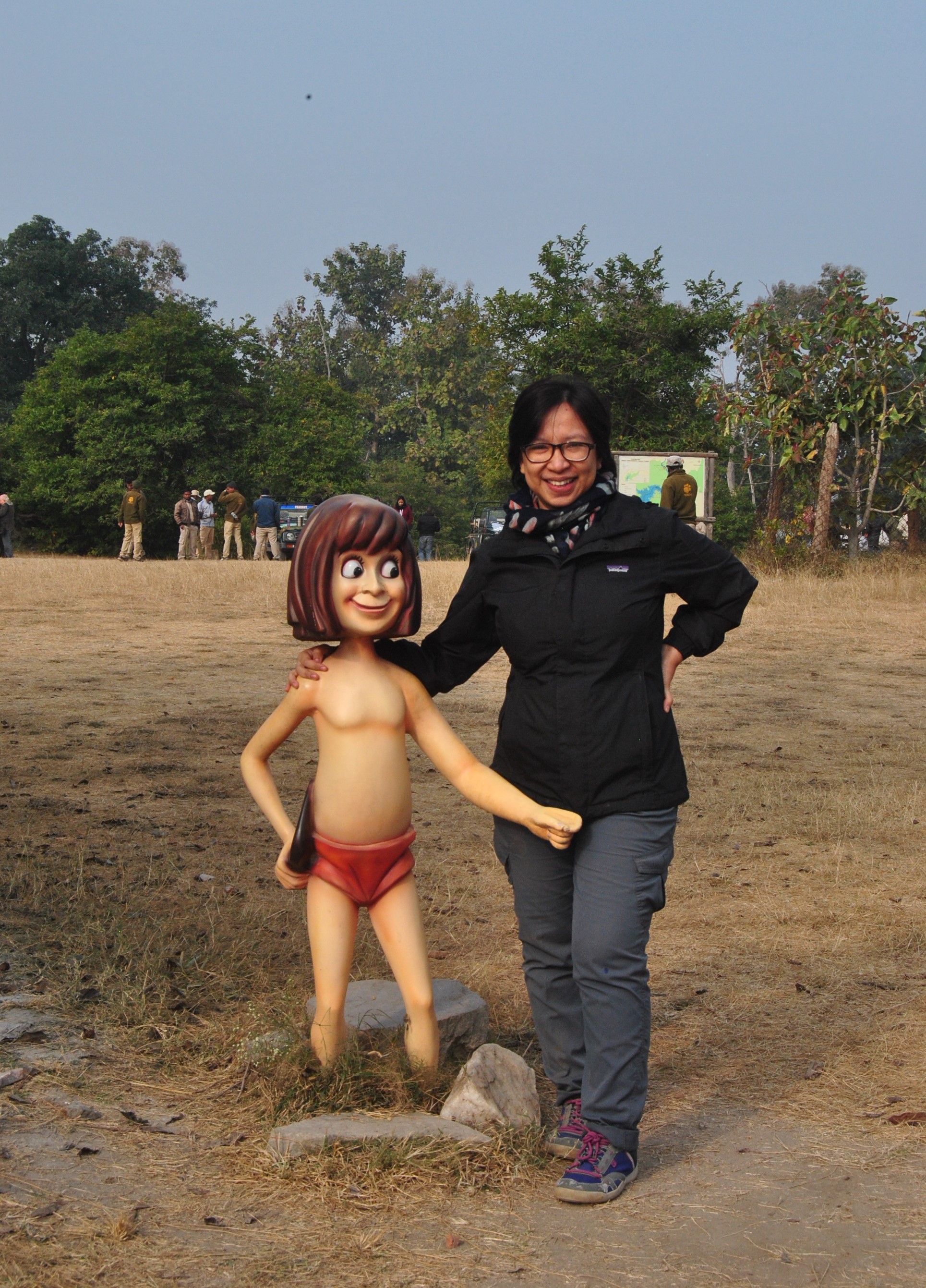Wulan Pusparini
Research Students
My main interest is quantitative ecology, the application of statistical modelling, in giving a practical solution for conservation problem. I began my conservation effort with project on Sumatran Rhinoceros for my Bachelor degree theses at the University of Indonesia, major in Biology, 2006. In between working for Sumatra’s iconic large mammals’ conservation, I get my Master Degree at University of Massachusetts Amherst Department of Environmental Conservation with funding from the Fulbright Scholarship in 2014. My Thesis was on the Island-wide scale occupancy modelling analysis of Sumatran Rhinoceros. Since then, with the Wildlife Conservation Society (WCS), I am working on setting up conservation strategies for Sumatra and Sulawesi terrestrial species. I was also leading the Science Unit with the overarching goal of ensuring robust conservation science is a central part of WCS work. Another interest of mine is in capacity building, specifically addressing the gender gap in conservation science. I do many training on statistics and ecology data analysis within WCS and the broader conservation community, as well as conducting training for University students and founding the R-Ladies Bogor chapter.
For my DPhil, I am going to assess the intactness of mammal community assemblages. This is an important area of tropical rainforest research. It aides in understanding ecosystem health, the impact of hunting and infrastructure development pressures, and informing on better management planning. My DPhil aims to investigate the response of multi-species assemblages to a range of social, biological and economic factors in a large protected area forest landscape in the Indonesian island of Sulawesi, located in the Wallacea region. A multi-species occupancy approach using Bayesian hierarchical modeling in combination with a spatial analysis using circuit theory will be performed on a dataset consisting of >10,000 camera trap nights. These data have been collected across a forest gradient, from agroforest to degraded primary forest to primary forest, which allows for a detailed investigation into a series of land use planning scenarios, such as those considering wildlife corridors and forest connectivity. Further analysis using regression-based modeling on bushmeat market survey data will be applied to assess this threat and identify appropriate management recommendations. The combined results from my study will be used to improve landscape planning, including government spatial and economic development plans and enhanced strategies for conserving Sulawesi’s rich fauna.
Selected Publications
Pathway to recovery, sumatran tiger in an ‘in danger’ UNESCO world heritage site. Oryx. https://www.cambridge.org/core/journals/oryx/article/pathway-to-recovery-the-critically-endangered-sumatran-tiger-panthera-tigris-sumatrae-in-an-in-danger-unesco-world-heritage-site/4D70AFAFCB27CD39F4A2C262CD0ABBFE
Rhinos in the parks: occurrence and abundance of the last wild populations of Sumatran rhinoceros in Sumatra. PLoS ONE 10(9): e0136643. doi: 10.1371/journal.pone.0136643 https://journals.plos.org/plosone/article?id=10.1371/journal.pone.0136643
Camera traps clarify the distribution boundary between the crested black macaque (Macaca nigra) and Gorontalo macaque (Macaca nigrescens) in North Sulawesi. International Journal of Primatology. https://link.springer.com/article/10.1007/s10764-019-00082-1






